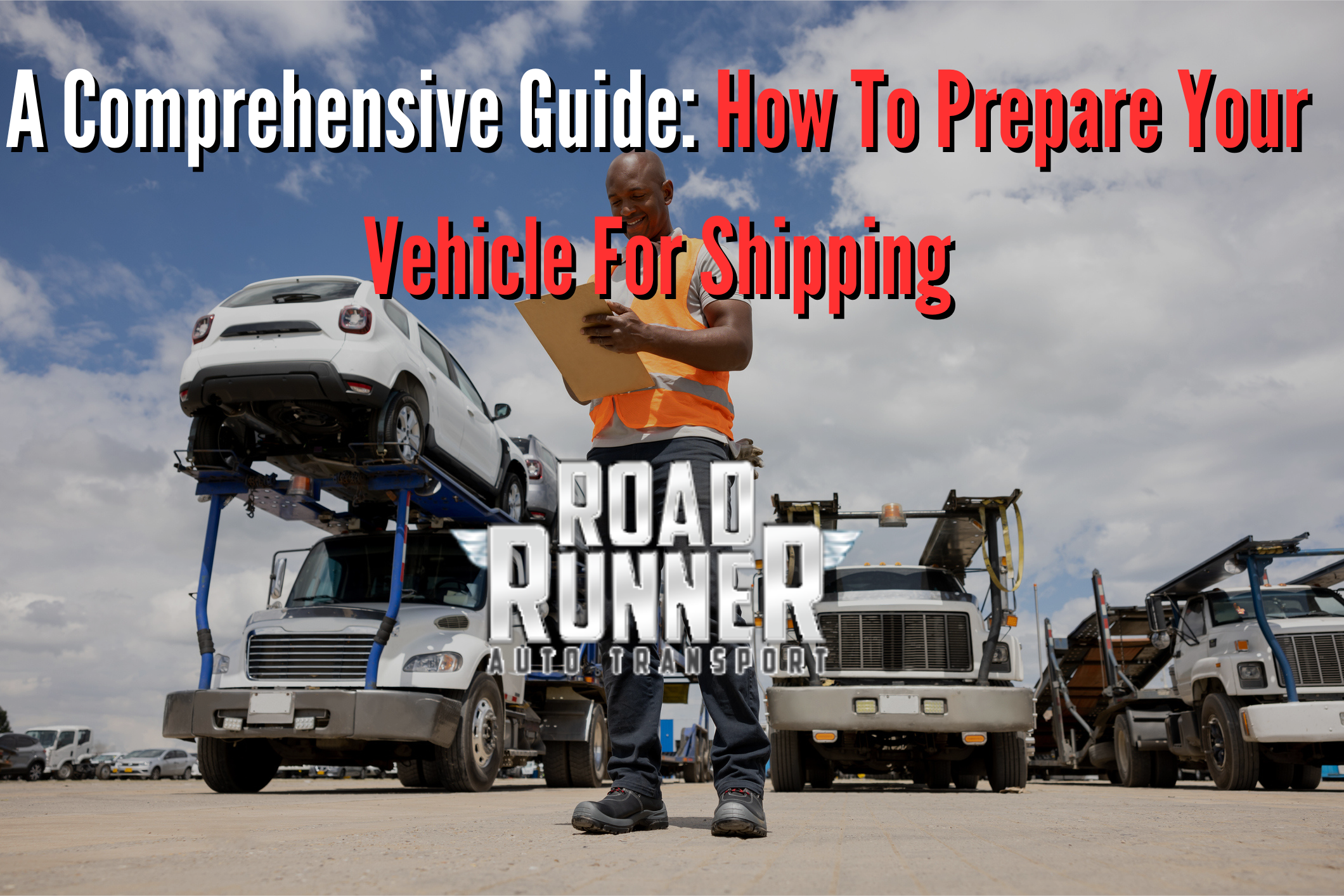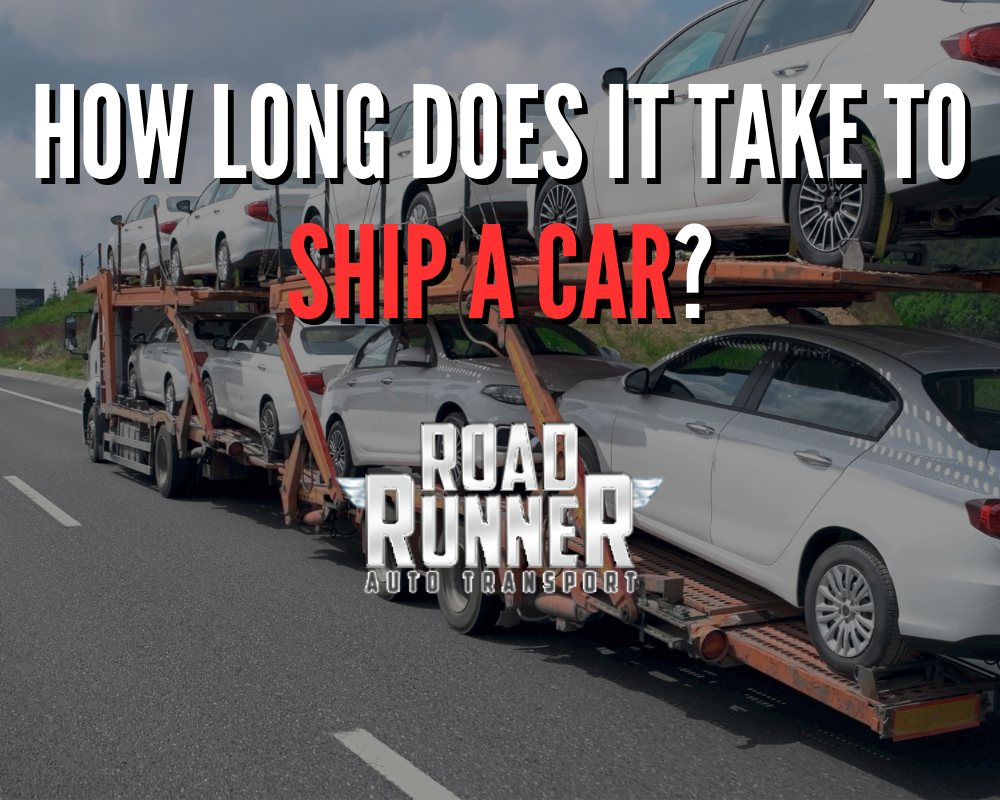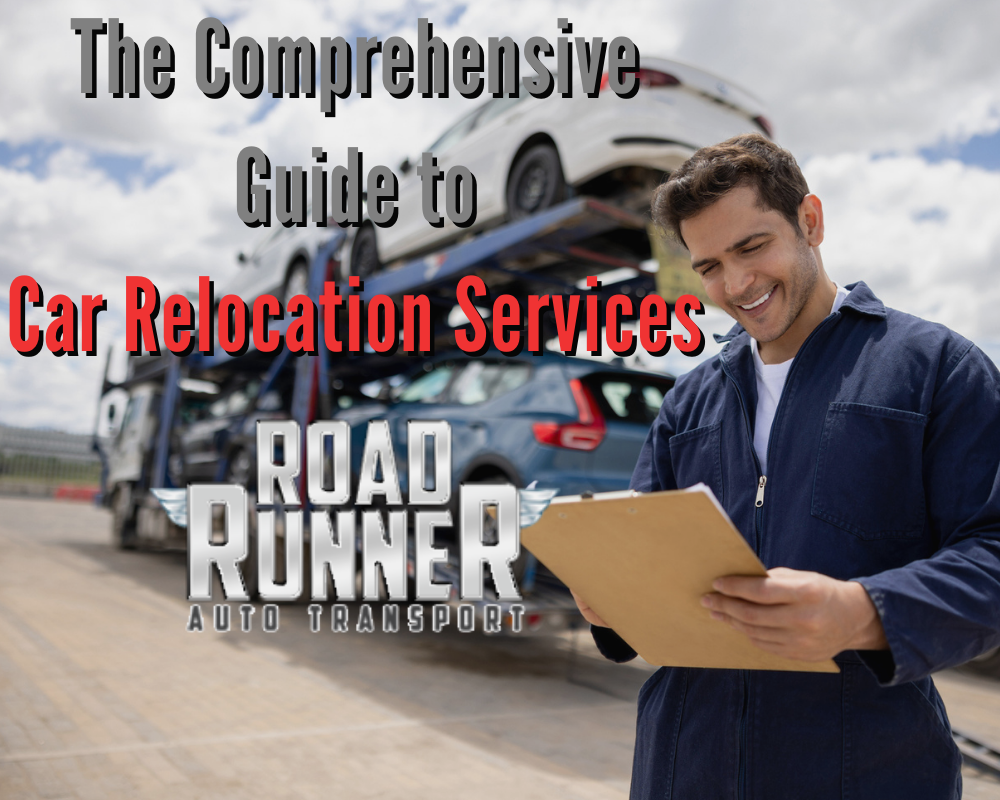
The trusted name in vehicle shipping for over 30 years!
- Track a Shipment
- Dealer Login
- Carrier Login
Speak with a shipping expert
(888) 777-2123

Winter Driving Tips
Posted on 11/17/2014

Winter is nearing and precautions should be taken when driving in harsh weather conditions. After a snowstorm wait until the snow plows and sanding trucks have cleared the road ways and remember to allow yourself extra time to reach your destination. Make sure your car is prepared to handle the road conditions before leaving.
Driving safely on icy roads
- Decrease your speed and leave yourself plenty of room to stop. Allow a lot more space to stop then you usually would.
- Brake gently to avoid skidding. If your wheels start to lock up, ease off the brake.
- Turn on your lights to increase your visibility to other motorists.
- Keep your lights and windshield clean.
- Be especially careful on bridges, overpasses and infrequently traveled roads, which will freeze first.
- Don’t pass snow plows and sanding trucks. The drivers have limited visibility, and the roads in front of them worse than the road behind.
- Don’t assume your vehicle can handle all conditions. Even four-wheel and front-wheel drive vehicles can encounter trouble on winter roads.
If your rear wheels skid
- Take your foot off the accelerator.
- Steer in the direction you want the front wheels to go. If your rear wheels are sliding left, steer left. If they’re sliding right, steer right.
- If your rear wheels start sliding the other way as you recover, ease the steering wheel toward that side. You might have to steer left and right a few times to get your vehicle completely under control.
- Pump your breaks gently.
If your front wheels skid
- Take your foot off the gas and shift to neutral, but don’t try to steer immediately.
- As the wheels skid sideways, they will slow the vehicle and traction will return. Steer in the direction you want to go. Then put the car in drive or release the clutch, and accelerate gently.
If you get stuck
- Do not spin your wheels. This will only dig you in deeper.
- Turn your wheels from side to side a few times to push snow out of the way.
- Use a light touch on the gas, to ease your car out.
- Use a shovel to clear snow away from the wheels.
- Try rocking the vehicle. Shift from forward to reverse, and back again. Each time you’re in gear, give a light touch on the gas until the vehicle gets going.
Instant Car Shipping Quote
Calculate your car shipping rate in 3 easy steps!
Winter Driving Tips
Posted on 11/17/2014

Winter is nearing and precautions should be taken when driving in harsh weather conditions. After a snowstorm wait until the snow plows and sanding trucks have cleared the road ways and remember to allow yourself extra time to reach your destination. Make sure your car is prepared to handle the road conditions before leaving.
Driving safely on icy roads
- Decrease your speed and leave yourself plenty of room to stop. Allow a lot more space to stop then you usually would.
- Brake gently to avoid skidding. If your wheels start to lock up, ease off the brake.
- Turn on your lights to increase your visibility to other motorists.
- Keep your lights and windshield clean.
- Be especially careful on bridges, overpasses and infrequently traveled roads, which will freeze first.
- Don’t pass snow plows and sanding trucks. The drivers have limited visibility, and the roads in front of them worse than the road behind.
- Don’t assume your vehicle can handle all conditions. Even four-wheel and front-wheel drive vehicles can encounter trouble on winter roads.
If your rear wheels skid
- Take your foot off the accelerator.
- Steer in the direction you want the front wheels to go. If your rear wheels are sliding left, steer left. If they’re sliding right, steer right.
- If your rear wheels start sliding the other way as you recover, ease the steering wheel toward that side. You might have to steer left and right a few times to get your vehicle completely under control.
- Pump your breaks gently.
If your front wheels skid
- Take your foot off the gas and shift to neutral, but don’t try to steer immediately.
- As the wheels skid sideways, they will slow the vehicle and traction will return. Steer in the direction you want to go. Then put the car in drive or release the clutch, and accelerate gently.
If you get stuck
- Do not spin your wheels. This will only dig you in deeper.
- Turn your wheels from side to side a few times to push snow out of the way.
- Use a light touch on the gas, to ease your car out.
- Use a shovel to clear snow away from the wheels.
- Try rocking the vehicle. Shift from forward to reverse, and back again. Each time you’re in gear, give a light touch on the gas until the vehicle gets going.
"5 star service! I would recommend RoadRunner to anyone looking for professional shipping service at a fair price."
Ian C.
Jacksonville, FL


"When I bought a car out of state I was unsure what to expect with the shipping. RoadRunner made everything so easy!"
Jenna D.
Lufkin, TX


"Everything with RoadRunner went smooth and seamless. They gave me a great rate and provided excellent service!"
Owen A.
Hartford, CT


"From the time of quote to the pick up of my vehicle and the delivery there was a very good communication."
Andres M.
Oakland, CA


Frequently Asked Questions
Get answers to some of the most commonly asked questions about the vehicle shipping process.










